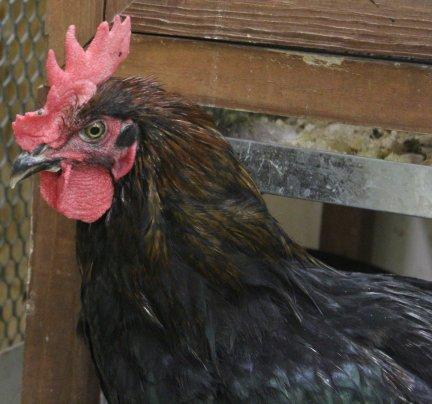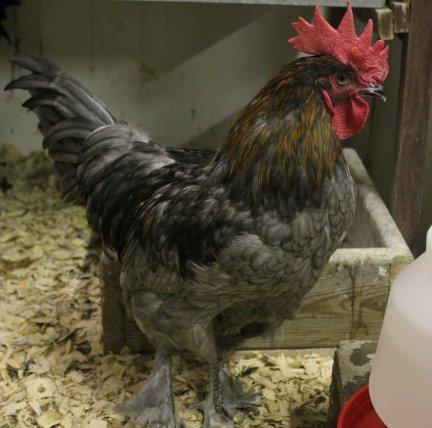Quote:
I think anyone who has followed Marans and the related threads for awhile can tell you that a good line like Davis or Wade can get messed up in just one generation (poor selection). The name attached to the bird does not guarantee good genetics. Sticking to one line, as long as you're not pairing up siblings, if they are from a good breeder who selects carefully, might be a better strategy than mixing lines just for the sake of genetic diversity, if you're not really sure how well the lines have been maintained by the respective breeders.
Several long time breeders on this forum have commented that chickens are not like dogs or horses or sheep when it comes to line breeding. If you stick to a line from a well maintained, closed flock, you will have fewer recessive genes raise their ugly heads than if you start crossing lines. Even some of the "reputable" lines are known to have issues, such as comb sprigs, recessive wheaten, mossy caused by the Db gene, etc. Ask around, send PM's to folks who pop up on the Marans threads often, and you'll find out who's got a reputable flock. Join one of the Marans clubs and find out who is passionate about the BCM and they'll let you know where to get some solid stock.
As far as I know, shank feathering is not gender related in expression. Hens and Roos may differ slightly as to when the feathers grow in fully, but the end result is not at all gender related. The jury is out as far as "ideal" weights. It depends on what you're breeding for. A productive hen does not need to be huge to lay big eggs, and if she's smaller, she'll convert more feed to eggs rather than hauling her big bum around the coop. Some folks prefer a really big bird, and there are some folks here who have 10lb.+ roosters. For the case of the BCM being a good dual purpose bird, I think rate of growth, and time to point of lay are more important than final adult weight, since roosters are usually butchered at somewhere between 20 and 40 weeks.
If you're breeding to show, then you just have to meet the standard weights.







